Table of Contents
Technology has dramatically impacted our lives, and the classroom today is a more multifaceted environment than it was even 10 years ago. Digital whiteboards have replaced traditional chalkboards, and iPads are a dime a dozen.
Does this progress harm students, or does it transform their learning experience? The Pew Research Center reports that 92% of teachers believe the Internet improves their ability to access content, resources, and materials.
The roadblocks to success: What are the challenges in EdTech?
IFF research highlights that 59 percent of middle school students believe digital educational tools have improved their grades and test scores. The growing popularity of EdTech tools has driven the educational technology market to an expected expansion to $342 billion by 2025, according to the World Economic Forum.
We must admit that educational technology consistently faces some challenges, especially regarding its implementation and usage.
For example, while there is increasing interest in AR, artificial intelligence, and other emerging technologies, fewer than 10 percent of schools have integrated these tools into their classrooms, according to Education Week.
Also, there are concerns about the effectiveness of teachers using these technologies, and equitable access to technology. The negative impacts of technology may also include:
- Social isolation: Excessive use of technology, especially social media, can lead to social isolation. People might spend more time interacting online rather than engaging in face-to-face social interactions.
- Privacy concerns: Issues such as personal data collection, surveillance, and potential data breaches threaten individuals’ privacy.
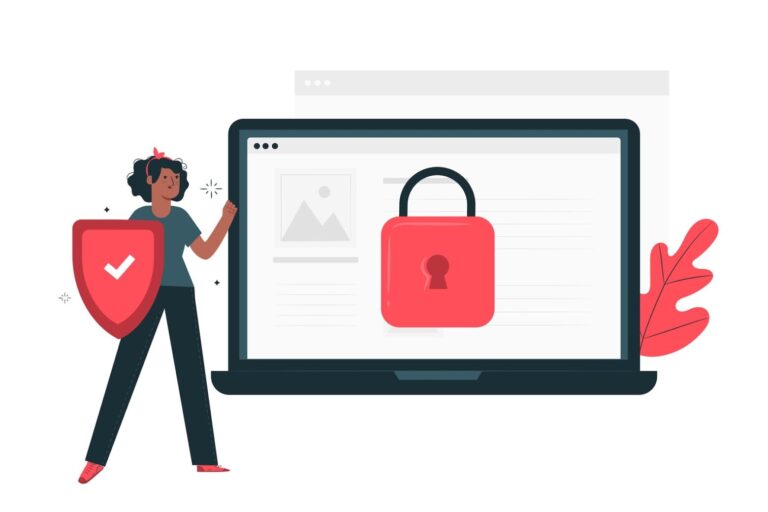
3. Health problems: Extended screen time and a sedentary lifestyle linked to technology use can lead to health problems like eye strain, disrupted sleep, and obesity due to a lack of physical activity. Naturally, this brings certain concerns. The British Department for Education highlights the need to teach young people how to use technology safely.
4. Cybersecurity threats: The interconnectedness of digital systems exposes them to cybersecurity risks. Hacking, identity theft, and other cybercrimes pose serious threats to both individuals and organisations.
Recently, Altamira’s Education Sector Consultant (Growth and AI Application Specialist), Conor Gately, shared insights on the current EdTech market. Read more.
Moreover, while some students succeed in online learning environments, others fall behind due to various factors, including a lack of support resources. As a rule, students who had difficulties in traditional classrooms might find the online setting even more challenging. It gets even worse if students depend on resources that are not available at home.
Despite all the ins and outs, we can’t help but agree with the benefits of technology in education. It fosters greater collaboration and communication, improves the quality of education, and creates engaging lessons that ignite students’ imaginations and encourage a thirst for knowledge.
What are the technology benefits in education?
Having grown up surrounded by digital tools, today’s youth interact with technology in ways that older generations may find difficult to cope with updates. Let’s explore the ways educational technology enhances the classroom experience.
Fact 1: Technology in education makes learning more accessible
Remote learning
The global pandemic forced the education sector to rely on technology in unprecedented ways. With both educators and students working from home, technology became essential for enabling remote learning.
Tools like Zoom, Google Meet, and Microsoft Teams became standard for communication, while digital platforms were key in distributing educational resources. As students and teachers return to physical classrooms, it’s unlikely that these remote technological practices will be entirely abandoned.

Technology in education will continue to enable virtual interactions with outside experts and experiences, providing a safe and effective way to enhance teaching.
Differentiated learning experiences
Students have unique learning styles and progress at different rates. Technology in education supports personalised learning, allowing students learn at their own pace.
Technology also offers a customised experience, enabling students to choose games or resources that align with their interests and creative goals.
Additionally, technology can adapt to individual needs, such as providing magnification for e-books and digital resources. There are numerous options available to create a personalised learning experience that keeps each student engaged and connected to their education.
Learn more about top EdTech app features for your next product.
Fact 2: Technology in education improves engagement
Active participation
Technological tools like apps and online quizzes can transform lessons into interactive experiences. This approach helps minimise inactivity and encourages participation from even the quietest students.
Additionally, cutting-edge technology enables students to engage in activities that might be unsafe or impractical in real life. For example, Virtual Reality (VR) facilitates virtual field trips right from the classroom. By integrating technology into education, teachers can offer immersive experiences that bring lessons to life.

Improved knowledge retention
Technology helps us alleviate fears of failure or frustration. Gamification in EdTech refers to integrating gaming elements into lessons, such as incorporating a points system or virtual rewards to create a sense of competition.
Tools like online polls can make lessons more enjoyable, engaging, and memorable. Additionally, technology complements the concept of microlearning, which involves breaking information into small, manageable chunks to enhance retention.
Fact 3: Technology in education encourages collaboration and communication
Technology fosters collaboration among students by encouraging them to work together and tackle digital challenges.
This process helps students develop crucial problem-solving skills. Additionally, students who are more confident with technology have the chance to assist their peers.
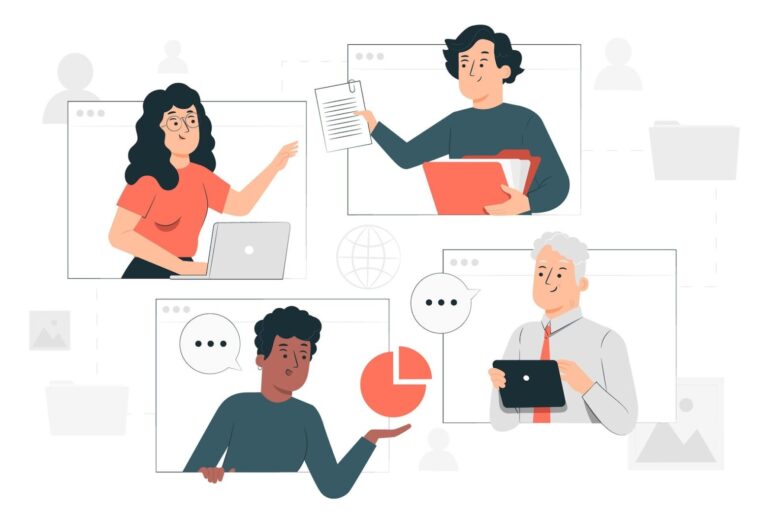
Shared learning platforms enable them to exchange information and interact with each other’s work. Furthermore, Learning Management Systems (LMS) facilitate effective communication between teachers and students, allowing for the seamless sharing of resources and information.
Fact 4: Technology in education promotes digital skills
Awareness of dangers in technology
Technology is an excellent resource for both social interaction and knowledge acquisition. Nevertheless, mastering safe technology use is critically important in today’s evolving digital landscape.
Integrating technology across the curriculum, in addition to emphasising safe digital practices in PSHE, can provide students with a deeper understanding of appropriate technology use. For example, incorporating search engine research in a history project can educate students about issues such as plagiarism and copyright violation.

Digital skills in the workplace
More than 89% of educators agree that, given technology’s central role in daily life, it should be incorporated into education. This approach is logical because integrating technology into the classroom enhances and develops valuable digital skills for the modern workplace.
Students can acquire important soft skills such as problem-solving and critical thinking and gain confidence in using tools like word-processing software and databases. By embedding technology throughout the curriculum, students are better equipped to enter a job market that is increasingly dependent on technological proficiency.
Fact 5: Technology in education supports teachers
Data analysis
When students use technological tools like apps or digital platforms, they generate a digital footprint. These footprints provide educators with insights into which learning tools are effective and highlight students who may need additional support.
Technologies like artificial intelligence and machine learning enable the customisation of content to meet each student’s specific needs. Additionally, a secure digital infrastructure within a school or organisation facilitates data aggregation across the institution, enabling administrators to identify overarching areas for improvement.

Administration
Technology can automate repetitive administrative tasks, such as grading and testing, providing educators with efficient methods to track student progress. Additionally, it allows teachers to create, discover, and share a variety of resources, enhancing traditional teaching methods.
Social media also serves as a valuable platform for educators to exchange best practices and connect with other professionals. A recent survey revealed that 47% of teachers use social media as a communication tool. Thus, technology in education benefits students and educators, freeing up their time to concentrate on improving student learning.
Tips for implementing educational technology in the classroom
Incorporating technology into the classroom requires careful planning, training, and support. Regardless of the tools or applications your school chooses, it’s important to align their use with the primary objectives of enhancing student access, engagement, and communication.
- Always assess how technology will contribute to achieving the desired learning outcomes. Consider how it will help students meet lesson or project objectives. Are there opportunities to incorporate gamification into assignments and topics? Be open to taking risks and experimenting with new technology tools.
- Think about how the technology will integrate with your classroom environment and existing lesson plans. What resources will be available to you? For example, will students use a shared set of computers, need to book time in a computer lab, or have individual laptops or Chromebooks? The availability of resources both in the classroom and at home will influence how effectively you can enhance student learning.

- Ensure students receive clear instructions and guidance to support their use of technology. Beyond understanding the goals of a project or assignment, students need to feel confident in navigating the technology and accessing resources. Consider providing training sessions or establishing a tech support system for those who need additional help.
- Regularly monitor and evaluate student progress to ensure they are effectively using technology and not encountering difficulties. Use available analytics tools to collect data, track progress, and give timely feedback. This approach will help you pinpoint areas where students may need extra support and guide adjustments to your teaching methods. Additionally, consider using polls or survey platforms to gather student feedback on their experiences with technology and identify areas where they feel they need more help.
- Always have a backup plan that doesn’t rely on technology. Equipment can fail, software may have issues, and internet connections can be disrupted. For minor technical problems, consider involving students in troubleshooting as a spontaneous learning opportunity. Additionally, make sure you know who to contact for technical support when needed.
The final words
Technology enables students to engage with a global community. Video conferencing, digital group projects, and online forums and chats allow students to interact with peers from around the world, offering a broader perspective than a traditional classroom setting.
While incorporating technology into the classroom offers numerous advantages, it’s equally important to recognise the value of traditional learning methods. Take the time to thoroughly understand each educational technology tool you plan to use. By doing so, you will discover that technology can significantly enhance students’ learning experiences.
How can Altamira help you?
Sometimes, ready-made solutions don’t tick all the boxes and keep you out from bringing the idea to life. We deliver customised software enabling you to implement features and functionalities tailored to your unique requirements needed for efficient and engaging learning process.
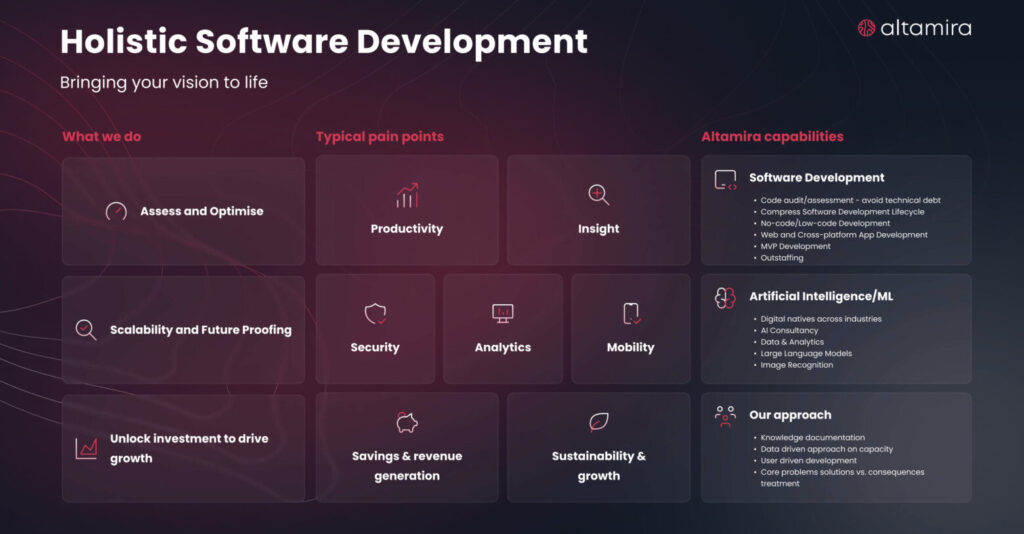
Launching the discovery phase is always a great idea. It is a prerequisite to validating and structuring your project ideas, discovering all the unknowns, and mitigating software development risks.
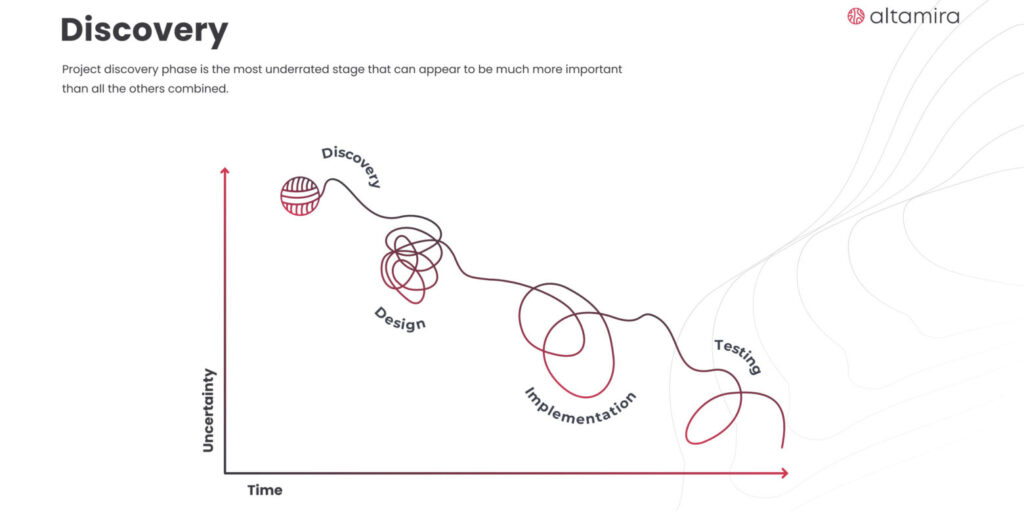
- Shape your product or solution idea
- Predict accurate development costs
- Minimise or eliminate uncertainty
- Mitigate technology and business-related risks
- Plan the development thoroughly
- Ensure project scalability and maintainability
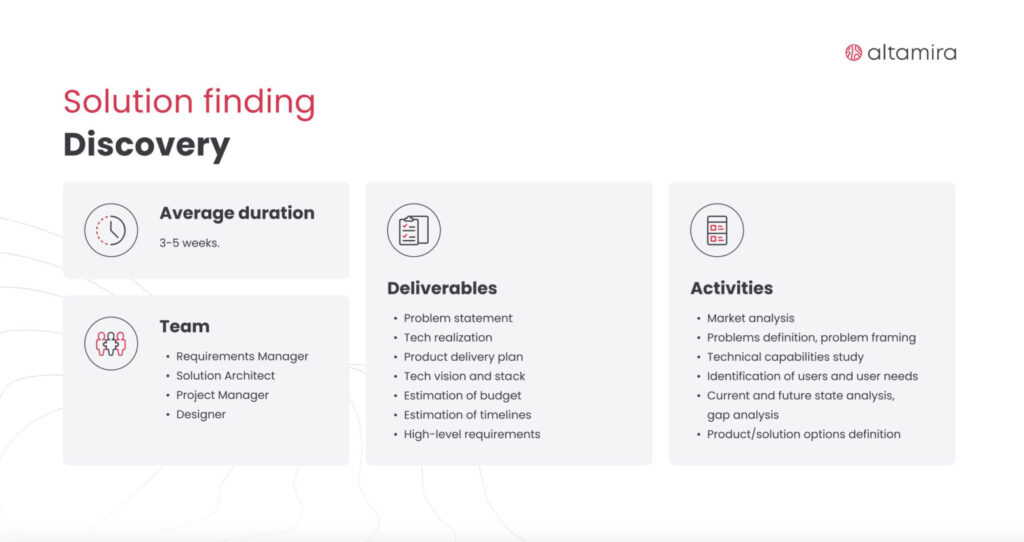
Our AI consulting services stand for strategy, governance, security, and implementation, driving your AI initiatives from concept to reality.
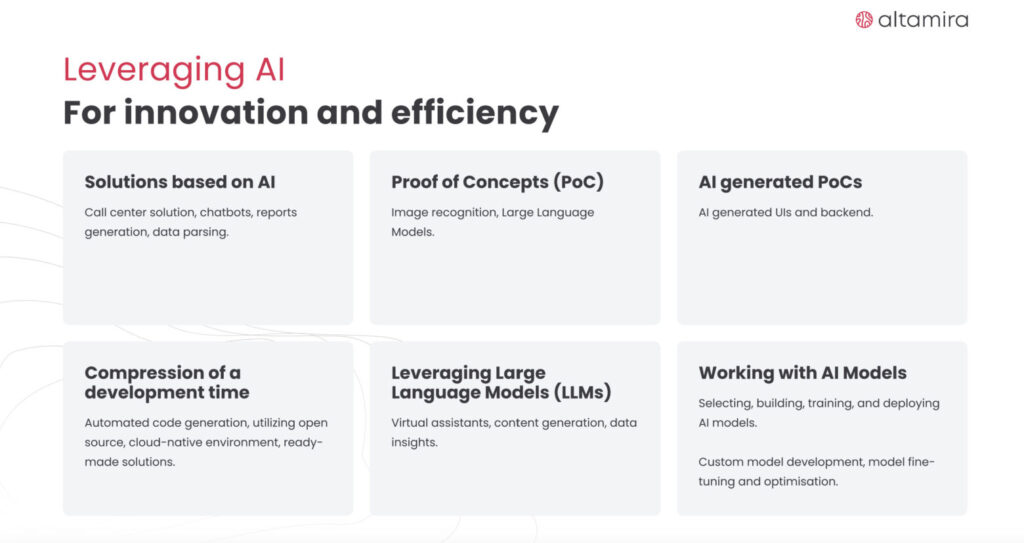
- Automation to reduce manual effort and minimise errors
- Customised AI strategies that align precisely with your business goals
- Advanced data analytics to uncover hidden patterns and gain valuable business insights
- Reliable AI-driven security protocols to safeguard your sensitive information
- Compliance with industry regulations and standards, minimising legal risks
- Flexible pricing models, including dedicated teams and T&M
Create a commercially viable and feature-rich EdTech solution that resonates with user needs.
We are constantly developing approaches that can help us compress the software development lifecycle (SDLC), develop quicker without sacrificing quality, and stay within the budget.




